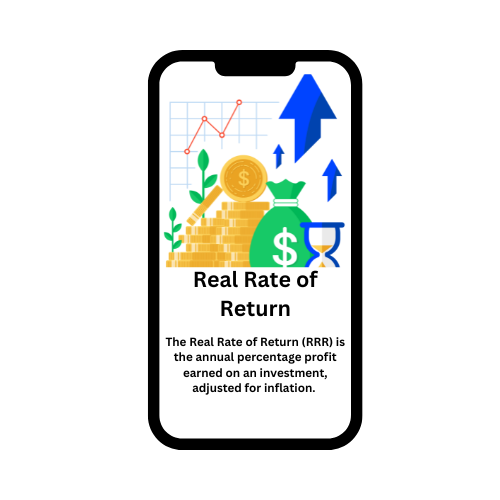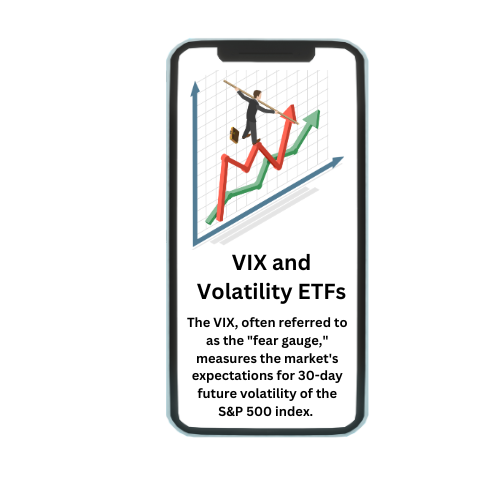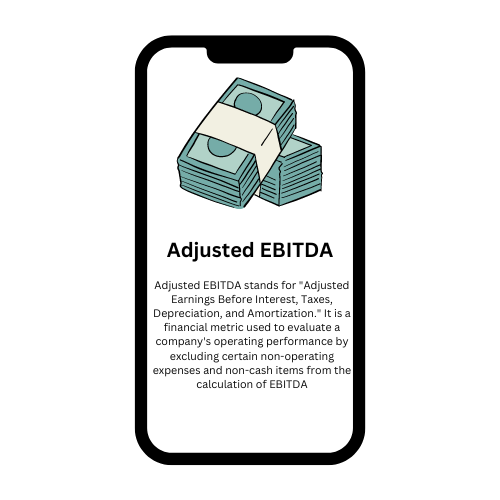Stagflation is an economic situation characterized by the coexistence of three critical conditions: high inflation, stagnant economic growth, and high unemployment. This combination is unusual because inflation and unemployment typically move in opposite directions according to the Phillips Curve, which suggests that inflation should fall when unemployment rises and vice versa.
Causes of Stagflation:
- Supply Shocks:
- One of the most common causes is a sudden supply shock (e.g., rising oil prices). When the cost of key inputs like energy or raw materials increases sharply, businesses pass these costs onto consumers through higher prices, causing inflation. At the same time, higher input costs reduce profitability and economic growth, leading to stagnation.
- Example: The 1970s oil crises led to stagflation in many Western economies.
- Monetary Policy Mistakes:
- Over expansionary monetary policy can create excess demand without sufficient supply, leading to inflation. If monetary authorities respond too late or too weakly, they can worsen inflation, while aggressive tightening can stifle growth and increase unemployment.
- Structural Issues:
- Sometimes, structural issues like inefficient labor markets, technological stagnation, or declining productivity contribute to slow economic growth. If these issues coincide with inflationary pressures, the result can be stagflation.
- Expectations of Inflation:
- When businesses and consumers expect inflation to rise, they may adjust their behavior in ways that fuel actual inflation (e.g., businesses raise prices in anticipation, and workers demand higher wages, leading to a wage-price spiral). Combined with slow growth, this can trigger stagflation.
Consequences of Stagflation:
- Rising Unemployment:
- As economic growth stagnates or contracts, businesses often reduce production and lay off workers, leading to rising unemployment. This situation is particularly damaging because it coincides with rising prices, making it harder for people to maintain their standard of living.
- Declining Purchasing Power:
- High inflation erodes the purchasing power of consumers, meaning people can buy less with their income. This worsens living conditions, particularly for those on fixed or lower incomes, and can lead to social discontent.
- Policy Dilemmas:
- Policymakers face a difficult choice between focusing on fighting inflation (e.g., raising interest rates, which can further depress economic growth) or reducing unemployment (e.g., lowering interest rates, which can fuel more inflation). Traditional economic tools are less effective in addressing stagflation because they usually tackle inflation and unemployment separately.
- Long-term Economic Damage:
- Prolonged periods of stagflation can cause lasting damage to an economy, including lower investment, diminished consumer confidence, and reduced productivity. It can also create persistent fiscal deficits as governments increase spending to support unemployment benefits and other social safety nets.
Examples of Stagflation
1. The 1970s Oil Crisis (U.S. and Global Economy)
- The 1973 Oil Embargo by OPEC (Organization of the Petroleum Exporting Countries) led to a sharp increase in oil prices.
- Oil prices quadrupled, causing the cost of production for businesses to skyrocket, leading to widespread inflation.
- At the same time, economies slowed due to the rising cost of energy, and unemployment began to increase.
- The U.S. and other developed economies experienced high inflation (double digits in some cases), stagnant growth, and high unemployment, creating a severe economic downturn.
- Central banks raised interest rates dramatically to fight inflation, which further suppressed economic activity.
- The U.S. Federal Reserve eventually curbed inflation in the early 1980s with very high interest rates, leading to a deep recession before economic recovery.
2. The 2008-2011 Period in the U.K.
- The 2008 global financial crisis led to a major economic downturn, followed by a period of stagnant economic growth in the U.K.
- Simultaneously, inflation was driven by factors like rising global commodity prices (particularly food and energy), and the depreciation of the British pound.
- Despite low economic growth, inflation in the U.K. exceeded the Bank of England’s target, while unemployment remained high.
- Policymakers faced difficulty balancing the need to stimulate economic growth with controlling inflation. The central bank maintained low interest rates to support growth, but inflation persisted, leading to stagflation-like conditions.
3. The 1980s Latin American Debt Crisis
- Many Latin American countries, like Brazil and Argentina, took on large amounts of debt during the 1970s, much of it denominated in U.S. dollars.
- In the early 1980s, global interest rates spiked as developed economies, especially the U.S., raised rates to fight inflation.
- This led to a rapid increase in the cost of servicing debt, while global demand for exports from these countries dropped, slowing economic growth.
- Inflation soared as governments printed money to manage the debt crisis, causing stagflation.
- Latin American economies were plunged into economic crises with sky-high inflation, massive debt burdens, and severe recessions.
- The region experienced a “lost decade” of stagnant growth and rising poverty due to stagflation.
4. Japan in the 1970s
- Japan, like many Western economies, was hit hard by the oil price shocks of the 1970s, which caused a dramatic rise in the cost of imported energy (Japan was highly dependent on oil imports).This supply-side shock pushed inflation upwards while economic growth stagnated.
- Japan faced both high inflation and slower economic growth, similar to the U.S. and Europe during the same period. While Japan eventually recovered in the 1980s, it experienced a period of stagflation before transitioning to more robust growth.
5. Zimbabwe in the 2000s
- Zimbabwe experienced hyperinflation due to mismanagement of the economy, including excessive printing of money and poor land reforms that disrupted agricultural productivity.
- Alongside skyrocketing inflation, the economy faced severe contraction, and unemployment soared to extreme levels.
- Stagflation in Zimbabwe was particularly severe, with inflation rates in the hundreds of thousands of percent.
- The country’s economy was crippled by both runaway inflation and negative growth, leading to widespread poverty and social unrest.
Stagflation in India
India has not experienced a classic case of stagflation similar to the 1970s oil crisis in the U.S. or other global examples. However, there have been periods where the economy exhibited stagflation-like conditions, notably in the 1970s and early 1980s, and briefly in 2019-2020. Below are two examples that reflect stagflationary pressures in the Indian economy:
India in the 1970s (Oil Shock Period)
India was heavily impacted by the 1973 oil crisis when OPEC raised oil prices significantly. As India was a net oil importer, the price shock led to a sharp increase in inflation due to rising costs of energy and raw materials.
- Simultaneously, India was going through economic challenges, including low productivity, agricultural failures, and structural inefficiencies in the economy, leading to sluggish growth.
- In addition, the global economic slowdown and internal political instability, such as the Emergency period (1975-1977), contributed to low growth and rising unemployment.
- Inflation soared, reaching double digits (above 20% in 1974), while economic growth stagnated due to both global factors and domestic inefficiencies.
- The government imposed price controls and rationing, but these measures were not very effective in curbing inflation.
- Growth remained sluggish, while unemployment and underemployment remained high, leading to stagflationary conditions.
- India faced balance of payments issues, and the crisis was compounded by slower industrial and agricultural growth.
India in 2019-2020 (Pre-COVID Period)
During this period, the Indian economy was showing signs of economic slowdown due to various factors, including:
- Weak consumer demand.
- Sluggish investment growth.
- Structural issues in sectors like real estate, banking (non-performing assets crisis), and agriculture.
At the same time, inflation surged due to rising food prices, especially onions and other key food commodities, which are a significant part of the consumer price index (CPI) in India. The Reserve Bank of India (RBI) faced a dilemma: inflation was above its target, but economic growth was slowing significantly. This created a stagflation-like scenario. Consumer price inflation (CPI) rose to around 7.35% in December 2019, while GDP growth fell to 4.7% by the last quarter of 2019, the slowest pace in years. Unemployment also reached 45-year highs during this period, contributing to concerns of stagflation. The Indian government and RBI took steps like cutting interest rates and offering fiscal stimulus to boost growth, but the onset of the COVID-19 pandemic in early 2020 worsened the economic situation, leading to a deeper recession.





